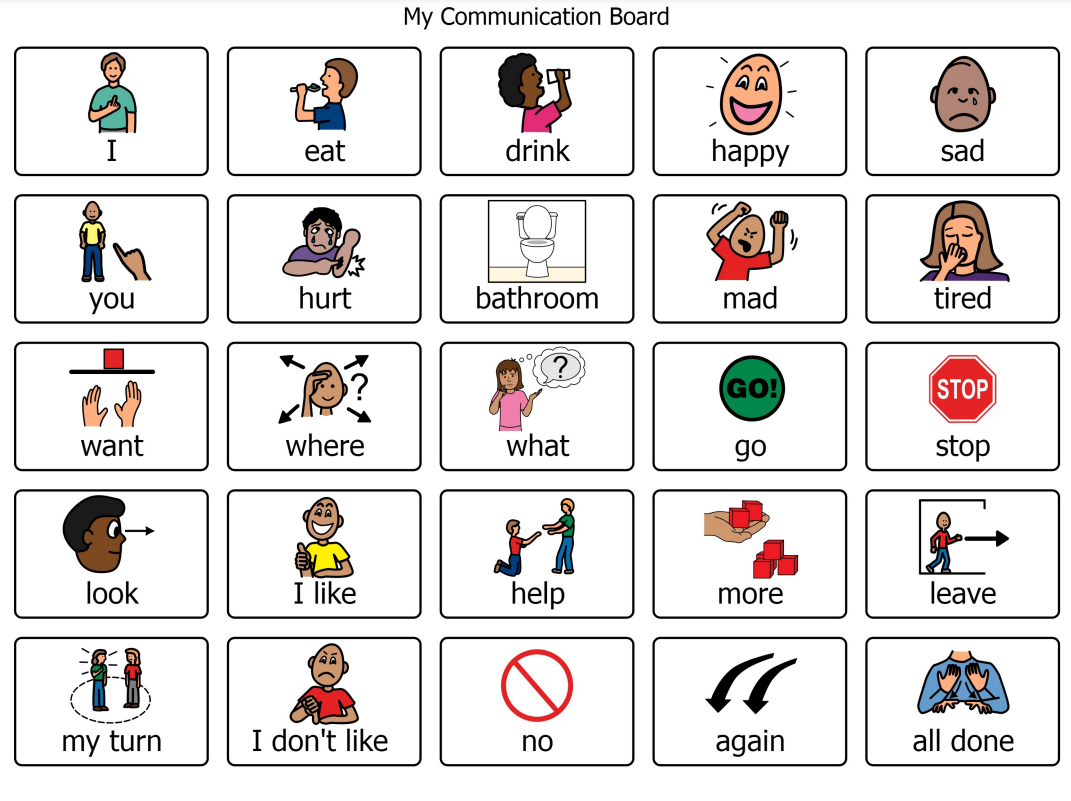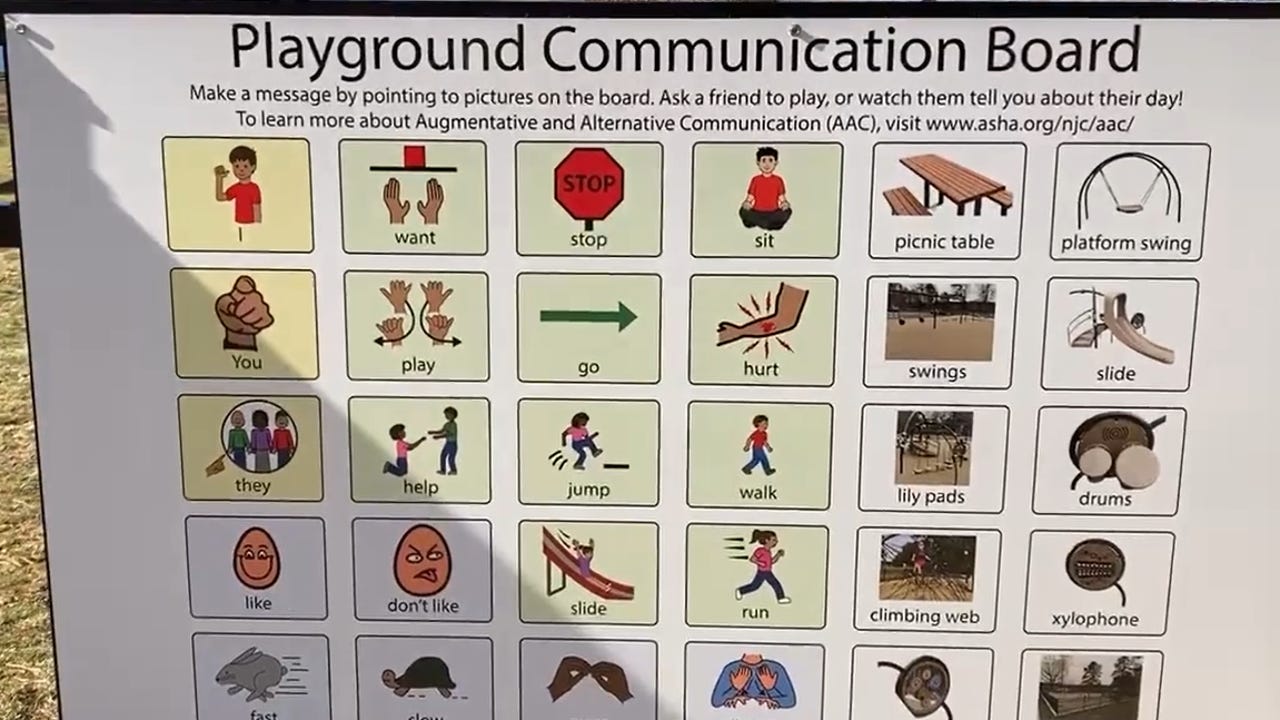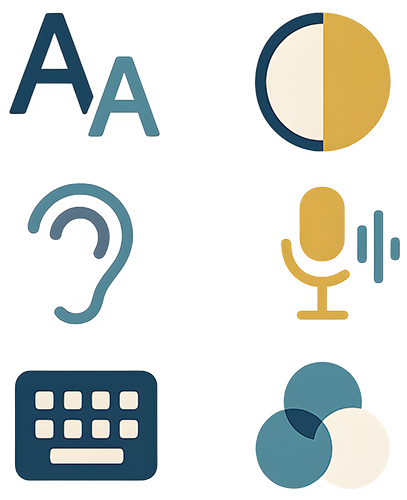As I gear up to renew my Certified Professional in Accessibility Core Competencies (CPACC) certification, I'm currently taking a mini-course offered by the International Association of Accessibility Professionals (IAAP).
The course includes a module on speech and language disabilities, which covers various types of speech and language disabilities, the barriers people face, and potential solutions. Those solutions include augmentative and assistive communication systems or technologies.
Augmentative and assistive communication technologies both support individuals with speech or communication difficulties, but serve slightly different purposes, which can make distinguishing between them confusing. I hope this blog post helps alleviate some of that confusion.
Let’s start with simple definitions.
Augmentative Communication
Augmentative communication is designed to support or enhance a person’s existing speech or communication abilities. It’s typically used by individuals who can speak to some extent but may struggle to express themselves clearly, efficiently, or in certain situations. For example, someone with a speech delay might use a communication app that features symbols and voice output to supplement their verbal speech.
Assistive Communication
Assistive communication is a broad term that refers to any tool or method that helps a person express themselves, regardless of their ability to speak or communicate. It encompasses both augmentative and alternative communication approaches and is particularly beneficial for individuals who cannot speak at all or require a distinct means of communication. For example, someone with ALS might use an eye-tracking device to type out messages and have them spoken aloud.
To put it even more simply:
Augmentative = tools or strategies that enhance or support a person's existing ability to communicate. They don’t replace speech entirely—instead, they work alongside it.
Assistive = a tool, device, or method that supports a person in expressing themselves and / or understanding others, especially when speech is difficult or not possible.
Augmentative Communication Examples
(Supports speech that already exists)
Picture Boards
A board with images or symbols (like food, emotions, or activities) that someone can point to while speaking to help clarify their message.

Picture boards are also designed with specific words related to specific topics and activities. Those are called Keyword / Topic boards.

Speech-Generating Apps
Text-to-speech apps for people who can type but need help verbalizing. These support natural speech when someone has trouble being understood.
Assistive Communication Examples
( Replaces speech when speech is difficult or not possible.)
Yes / No Cards or Hand Signals
Yes / No cards or hand signals are simple yet powerful communication tools used to answer yes or no questions. These can include colored cards, thumbs up or down, or even blinking systems for individuals with limited mobility. Though minimal in design, they’re significant—often proving lifesaving in critical care settings where every bit of communication counts.
Speech-Generating Devices
Dedicated communication devices like Tobii Dynavox, PRC Accent, or Lingraphica that let users select symbols / words to create speech output.
Both augmentative and assistive communication systems share a common goal: helping people communicate in ways that work for them. Whether someone needs a little boost to express themselves more clearly (augmentative) or a completely different way to connect with the world (assistive), these tools can be life-changing. As technology and awareness continue to evolve, so should our commitment to making sure every voice, spoken or not, is heard, respected, and empowered.
Resources
- Augmentative and Assistive Communication Systems (AACs)
- American Speech-Language-Hearing Association: Augmentative and Alternative Communication (AAC)
- Augmentative and Alternative Communication (AAC) Advances: A Review of Configurations for Individuals with a Speech Disability
A human author creates the DubBlog posts. The AI tool Gemini is sometimes used to brainstorm subject ideas, generate blog post outlines, and rephrase certain portions of the content. Our marketing team carefully reviews all final drafts for accuracy and authenticity. The opinions and perspectives expressed remain the sole responsibility of the human author.

